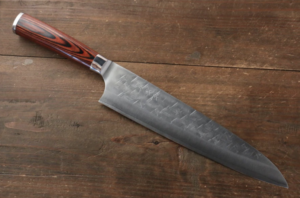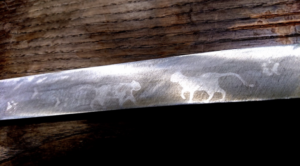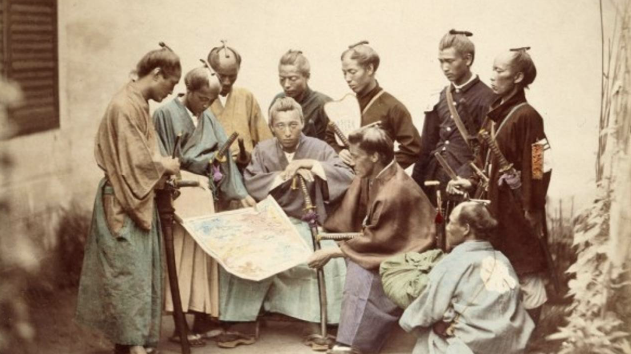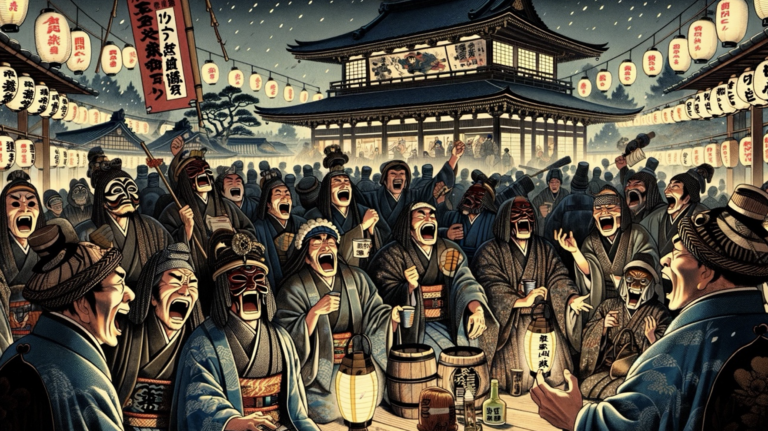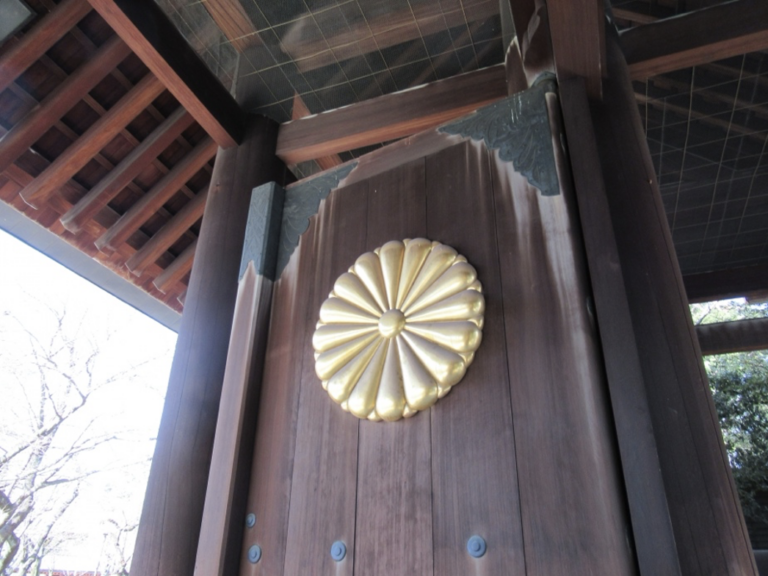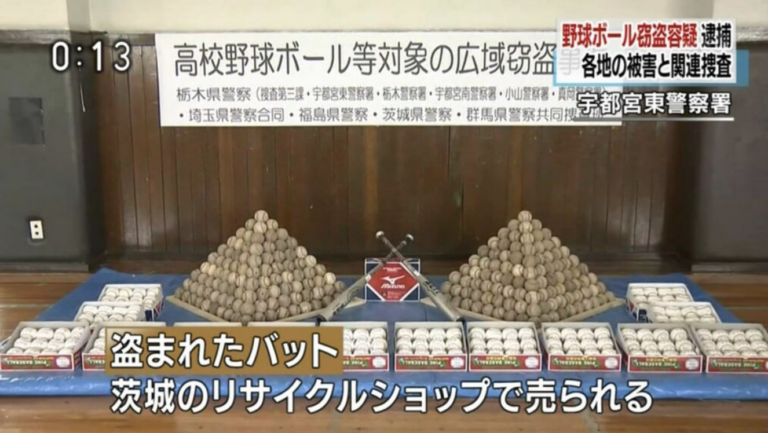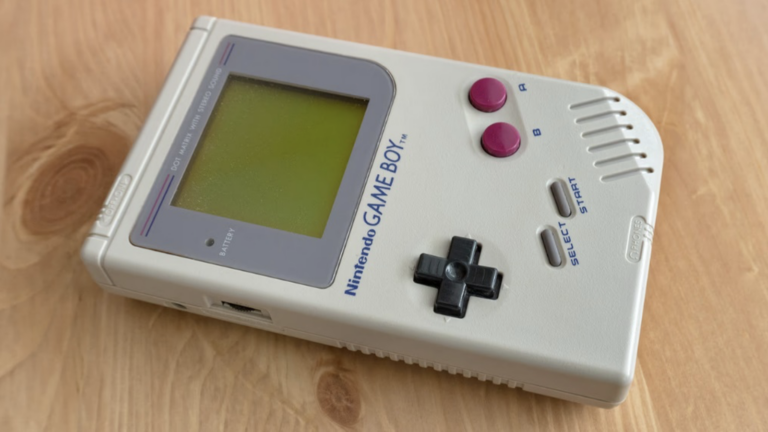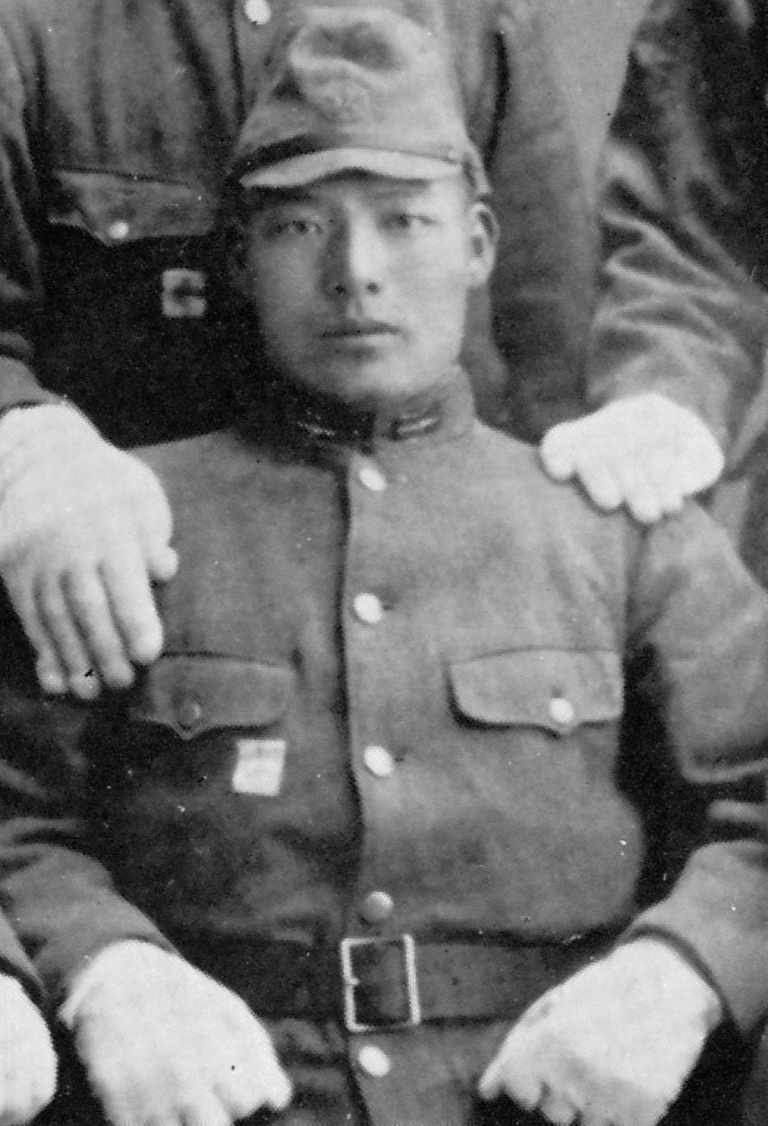The characteristics of Japanese kitchen knives that have captured the world’s attention. Once you’ve used one, can you use any other knife?
The number of people buying kitchen knives as souvenirs from their trips to Japan is increasing. The reason being that…
“Once you’ve used one, you can’t use any other knife.”
Japanese kitchen knives utilize sword-making techniques and their popularity stems from the sharpness of their blades and the great variety of types that available.
Especially due to their sharpness, the way you use them is different to that of foreign kitchen knives. Japanese kitchen knives are used with a “pulling through” cutting technique, whereas foreign ones employ a “pushing through” cutting technique. If you have a Japanese knife, please try it.
Hardly any effort is required to cut: Just slice by pulling the knife towards you.
This feeling makes cooking a very enjoyable experience.
This “pull cut” method also allows you to cut delicate food without damaging its shape.
This kitchen knife is indispensable for cutting soft foods such as sashimi.
Also, did you know that Japanese swords are slightly curved and warped?
This curvature makes it natural to perform a “pulling cut”, which is also connected to the sword’s sharpness. That is why this “pulling cut” is important when cutting something.
Why are Japanese kitchen knives so sharp?
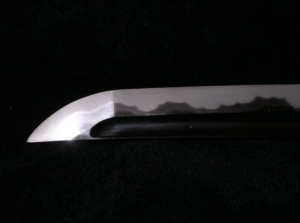
The techniques on which the manufacturing of kitchen knives is based on come from Japanese sword forging techniques, so I will give an explanation based on Japanese swords.
The steel used to make Japanese swords is made from iron sand that is melted down and hardened. If the amount of carbon in the steel is too high, the metal will be hard; if it is too low, the metal will be soft. If it is too hard, it will break; if it is too soft, it will lose its sharpness. The material that achieves this subtle balance is called tama-hagane (lit: precious steel), which is used in Japanese swords.
Another important characteristic is the combination of tama-hagane steel of different strengths. Soft tama-hagane is used for the core and hard tama-hagane for the surface.
You may have seen the beautiful blade patterns on Japanese swords. These are called ‘hamon’. This is evidence of the superposition of several metals of different solidities.
Craftsmen put so much effort into making these swords that they had become weapons known as the “soul of the samurai”.
The application of this technology is the Japanese kitchen knife.
The level of craftsmanship is now god-like. This is the greatness of ‘Made in Japan’.
The incredible skills of Japanese craftsmen do not end here.
Some knives are even made so that a picture of a cat appears in the blade pattern.
However, this is not to say that the quintessential kitchen knife mobilizes such transformative craftsmanship. Instead, various technological innovations have made it possible to produce knives at a somewhat lower cost and at the highest level.
Deba-bōchō (Pointed carving knife)

The most common shape. The base of the blade is thicker, and the tip is thinner to make it easy to cut up fish.
Yanagi-bōchō (Willow blade knife)
![]()
This knife, also known as a sashimi knife, is characterised by its long, slim blade of over 18 cm. It is suited to cutting fragile sashimi. Therefore, its sharpness is priority and cutting hard foods is strictly a no-no. It is used in combination with a deba-bōchō to break up fish and a yanagi-bōchō to prepare sashimi.
Nagiri-bōchō (Vegetable-cutting knife)

Just as its name suggests, it’s the perfect knife for cutting vegetables.
There are also special knives such as the ‘takobiki-bōchō’, which is specially designed for octopus sashimi, and the ‘unagisaki-bōchō’, which was developed just for cutting eels. However, the above three types are sufficient for the average household.
I don’t imagine you prepare a lot of eels at home, do you?
What’s the first knife you would buy?
I would buy a deba-bōchō. It is relatively versatile, and you can prepare a whole range of dishes with it. If I had to buy another one, I would get a yanagi-bōchō, so that I could experience the pleasant feeling of sharpness.
Japanese kitchen knives have reached god-like levels.
Please give them a try.
ABE KENGO


